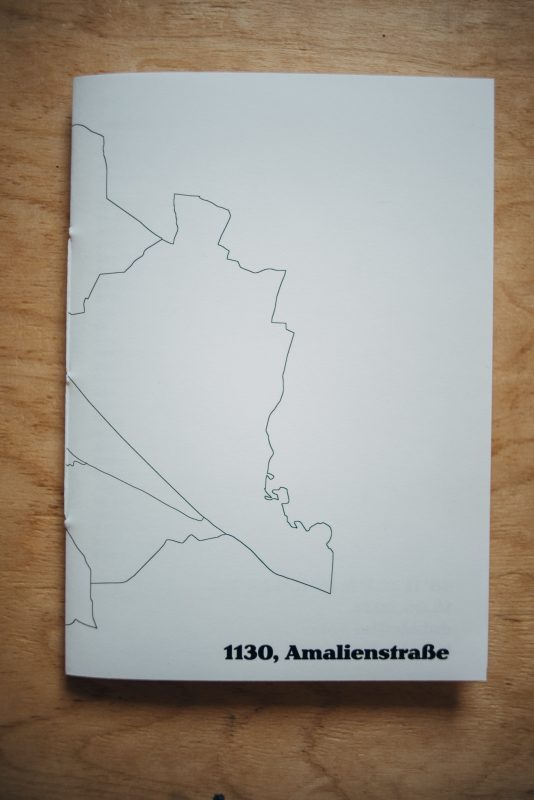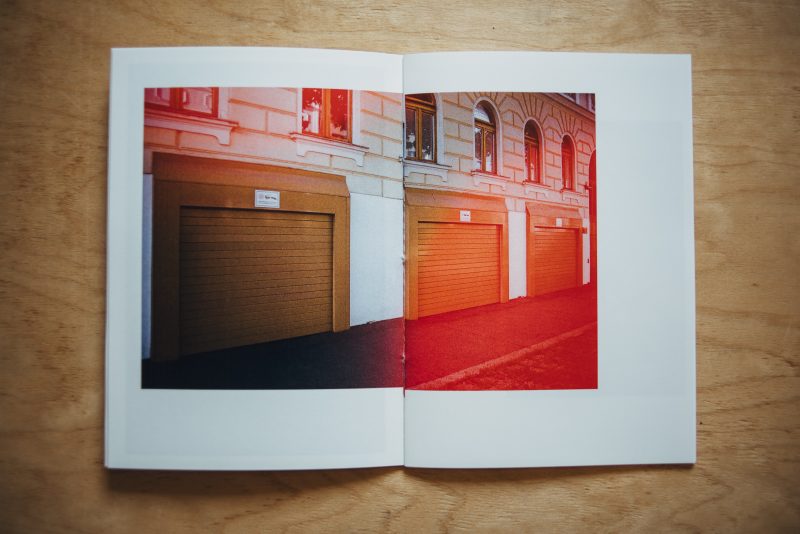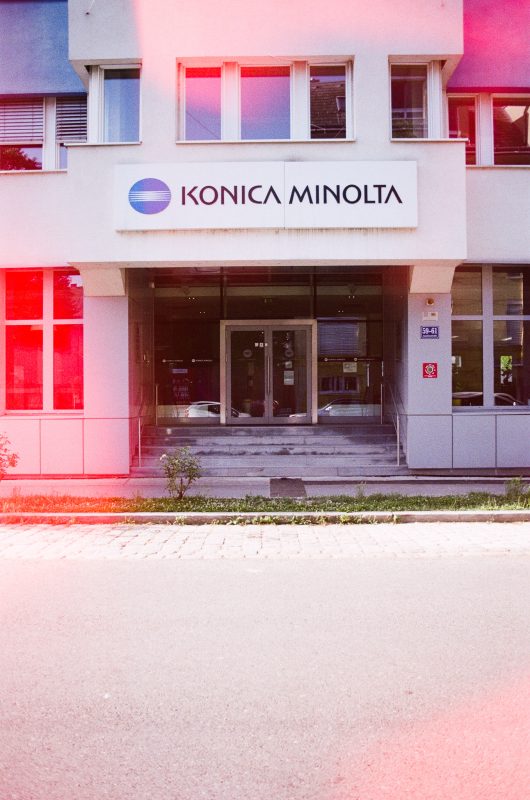Amalienstraße
1130 Hietzing
€ 22,00
Pages: 40 + cover
Edition: 5 + artists copy (first edition)
Date: 2022
Film: dubblefilm Solar
Camera: Minolta X300
4 in stock
Buy a print
Amalienstraße (Ober-St.-Veit), named in 1869 after Empress Wilhelmine Amalie of Brunswick-Lüneburg (born April 21, 1673 in Hanover; † April 10, 1742 in Vienna), daughter of Duke Johann Friedrich of Brunswick-Calenberg and his wife Benedicta Henriette von der Pfalz and finally wife of Emperor Joseph I.
The marriage to Joseph I seemed happy at first, but suffered from Joseph’s constant affairs. Joseph’s lovers were maids and noble ladies like Dorothea von Daun. Many sources emphasize his “depravity”. After the death of their only son, the heir Leopold Joseph, concerns about Joseph’s life increased, as there was no heir to the Habsburg Empire. Over time, it also became clear that the Kaiser could no longer father children with Wilhelmine, because she apparently suffered from syphilis, which Joseph had transmitted to her. He himself may have been infected in 1704. As a result, the empress suffered from abdominal ulcers, which had a negative impact on her fertility. The estrangement between the spouses that had already set in before this further reduced the chance of having offspring.
The empress’s sterility had a disastrous effect on the dynasty. She became a widow in 1711 when her husband died of smallpox at the age of 32, and her mother-in-law became regent. With her brother-in-law and successor of her husband, Charles VI. she pushed through the recognition of her two daughters in the line of succession, but they were behind his daughter. Initially she supported her son-in-law, Duke Karl Albrecht of Bavaria, who later became Emperor Karl VII, but then withdrew into private life.
After her two daughters were married, she spent her widow years from 1722 in the Salesian convent she founded in 1717 on Rennweg in Vienna, where she died of dropsy (heart failure) in 1742, shortly before her 69th birthday.
According to her instructions, her heart was buried at the foot of her husband’s coffin in the Capuchin crypt, but her body was buried on April 13, 1742 in the crypt under the high altar with the Salesian nuns.
The street was renamed Goldmarkstraße after the end of the monarchy in 1919 , but was renamed Amalienstraße in 1922.








































